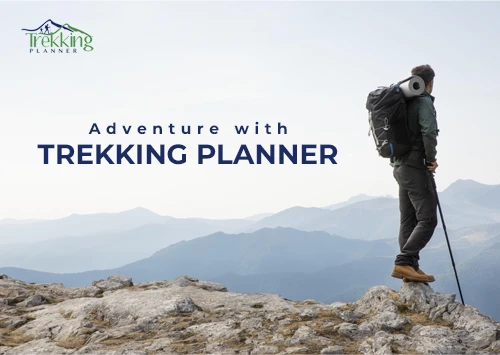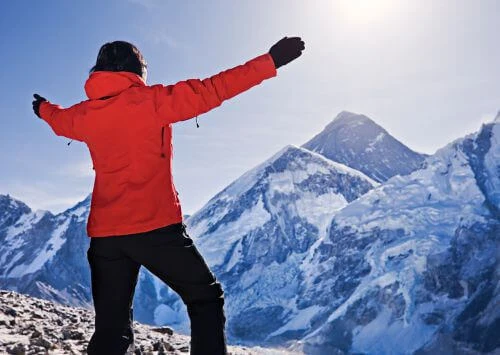Tips to take Professional Looking Photos while Trekking in Nepal.
Most of you have first known about Nepal for the first time through someone else’s spectacular mountain photography. Be it in the postcards you received during the holiday season, a banner on the backside of a double-decker bus, or in surreal-looking billboards.
The masterminds behind these pictures must have wandered the great Himalaya trails for weeks on end in the search for the perfect shot to capture the spirit of this truly magnificent country. They must have crossed the impossible passes to reach the snowy peaks and immersed themselves in the spiritual mountain culture.
Unforeseeable weather patterns, dubious climates, and the effort it takes to just get to your location are only a few challenges to name. Here we have presented seven tips to prepare yourself to take some excellent photographs of the most breathtaking landscape in the world.

Choose Your Location Wisely.
Nepal is inarguably one of the most photogenic places on the planet. Just turn your head around, and everything in sight is a masterpiece waiting to be immortalized through your lenses. Everything here from lifestyle to nature to people is picture perfect. On average, a trail starts around 300 meters and reaches up to 5,400 meters, giving trekkers a fantastic theme variety. Also, wherever you decide to do overnight, opt for a place with a rooftop terrace. So that you don’t have to hunt for a vantage point early in the morning.
Carry light gear.
Whatever you carry will add up in your heavy backpack. Choosing the right camera gears is an essential factor. Unless you are in a photo expedition or workshop, versatility is the key. Make sure to carry light accessories like three to four batteries, ND Filter/Polarizing filter and a light tripod. Carrying two lenses will be enough as you will not be changing lenses all the time. A wide-angle lens (10-24mm), a telephoto zoom lens (70-200mm) will be able to cover almost all subjects.
Chase Storms, not clear skies.
In the mountains, a scene can change super dramatically at any given moment due to unpredictable weather condition. Thus, picking the right time to capture photos is crucial. Many novice trekkers think that a sunny day will give you the best photos, but many fail to realize that an overcast day with looming threat of rain and thunderstorm offers opportunities to create a moody image with ominous overtones. A tip: Look for wind, storms, mists, cloud formations, and rainbows.
Pay Attention to Composition.
Good composition is the key to taking great photographs. But what is good composition, anyway? It is something complicated to limit in one sentence. While taking photos of landscapes, especially mountains, make sure that you spend enough time looking for a good foreground element and maintain focus from foreground to background. Sometimes, go an extra file to go wide and capture the entire scene in one frame. Also, search for small vignettes within the larger scene to find new perspective as well.
Get your Timing Tight.
This sounds obvious, doesn’t it? However, it isn’t always followed. A foolproof tip is to wake up super early for sunrise and to stay out during the evening to get the best lighting shots. Early in the morning, there are few to no clouds. So, early birds take the worm and also great photos! When in doubt about the weather conditions, asks the experienced locals and try to get a forecast. Shooting in the harsh midday sun can also be worthwhile, but sunsets, sunrises, and nights give you better photos comparatively!
Keep Yourself Motivated.
As beautiful as they are, Himalayans can be extremely challenging, both physically and mentally. A long, hard day of trekking can take a toll on your body by the end of the day. To add more to these woes, there always is a lingering possibility of altitude sickness. Also, you need to be incredibly patient with the mountain weather and visibility. On some days, it may seem hard to keep up, but make sure always to stay positive and have fun.
Be Fit, Rest and Eat well.
While it may seem like fitness has nothing to do with photographic opportunities, in Himalayans, it does. The trek is already hard enough as you have to walk for 6 to 8 hours every year. On top of that, you will need to carry your massive camera gears alongside your other stuff. Getting used to your backpack and trekking boots is extremely important. Also important is to take enough rest and eat well to wake up with recharged energy and zeal in the morning.





